一项研究BIPV在英国部署情况的报告发现,把家庭住宅变成发电站,除了能减少60%以上的能源消耗外,还可平均每年为每个家庭节省超600英镑的开支。
这一理念已经得到证实,并正在斯旺西大学海湾校区的教学楼里运作。这一BIPV建筑,整合入太阳能屋顶和电池储能,朝南的墙体用来收集太阳能热量。
上述报告着眼于将这一理念应用到一般家庭,并检测此类家庭会给英国的经济和能源带来的影响。
其参数为斯旺西大学“尼思活动房屋项目”中所开发的16座房屋。这一项目集太阳能屋顶、共享电池储能、电动汽车充电点及太阳能集热器和技术于一体,可捕获和回收建筑物内的余热,并将在2019年迎来住户。
分析还显示,如能建成100万户此类家庭,能减少3GW峰值发电,相当于一个大型中心电站;可在40年内减少碳排放量近8000万吨,且能通过对新产业的投资为英国经济带来潜在效益。
This content is protected by copyright and may not be reused. If you want to cooperate with us and would like to reuse some of our content, please contact: editors@pv-magazine.com.



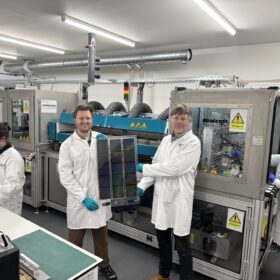
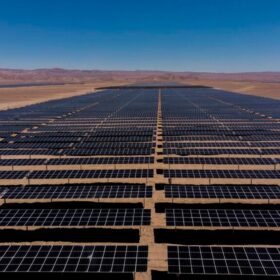

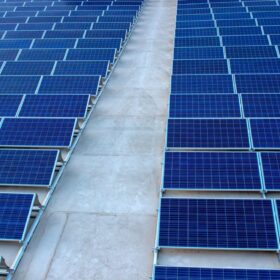
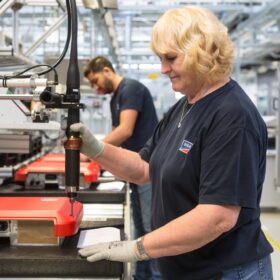
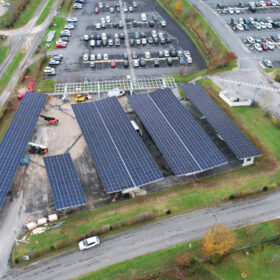
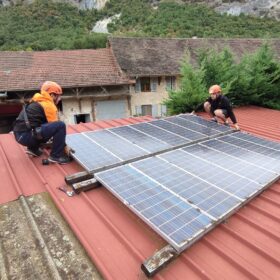

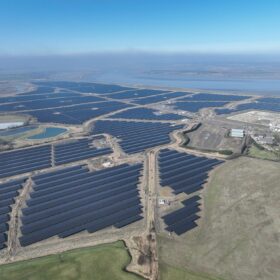

By submitting this form you agree to pv magazine using your data for the purposes of publishing your comment.
Your personal data will only be disclosed or otherwise transmitted to third parties for the purposes of spam filtering or if this is necessary for technical maintenance of the website. Any other transfer to third parties will not take place unless this is justified on the basis of applicable data protection regulations or if pv magazine is legally obliged to do so.
You may revoke this consent at any time with effect for the future, in which case your personal data will be deleted immediately. Otherwise, your data will be deleted if pv magazine has processed your request or the purpose of data storage is fulfilled.
Further information on data privacy can be found in our Data Protection Policy.